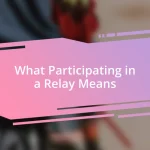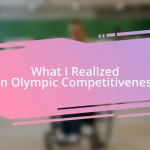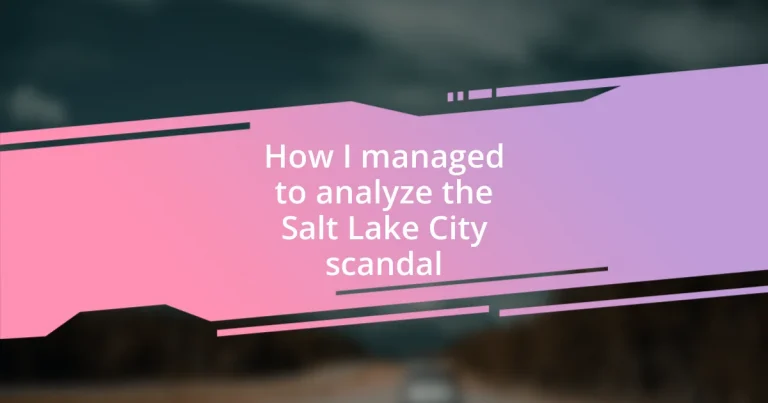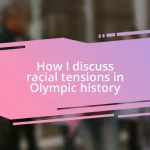Key takeaways:
- In-depth research and cross-referencing different sources revealed the complexity of the Salt Lake City scandal, highlighting public sentiment and varied narratives.
- Identifying key stakeholders, including government officials, community organizations, and the media, underscored the importance of accountability and collective voices in driving societal change.
- Utilizing mixed-methods approaches and fostering collaborations with local stakeholders enriched the analysis, ensuring that future strategies are grounded in community experiences and empathy.
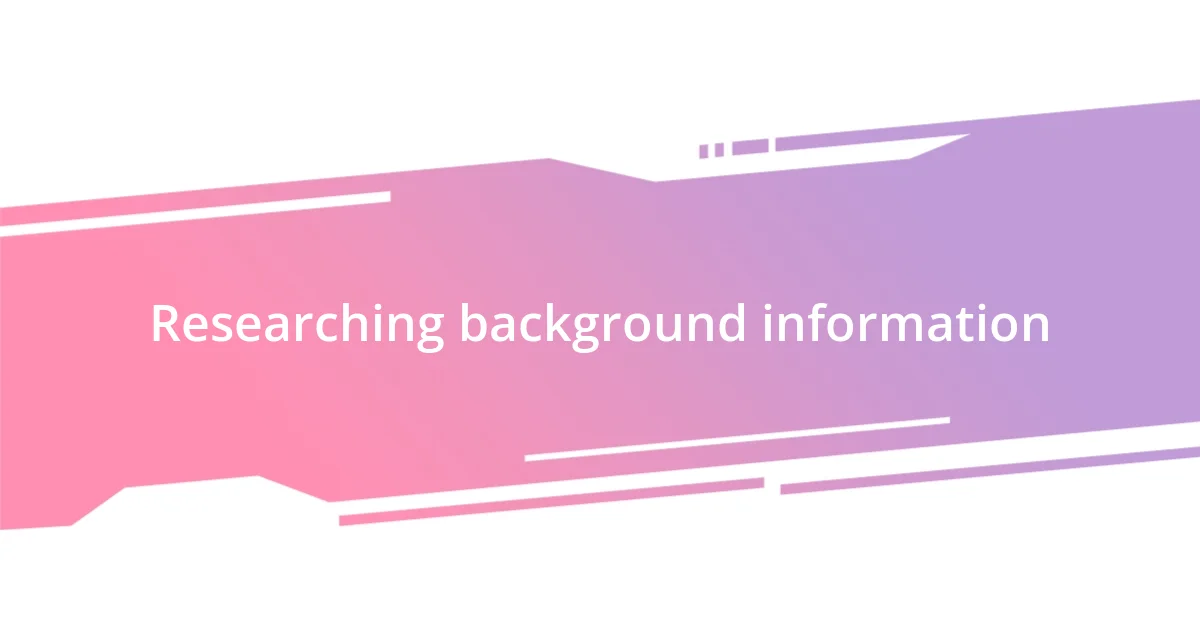
Researching background information
Diving into the Salt Lake City scandal required me to immerse myself in the background information. I recall spending hours sifting through archives, newspaper articles, and online forums, trying to piece everything together. It’s fascinating how a stack of seemingly random articles can unfold a complex narrative—doesn’t that just grab your attention?
One thing that struck me was the sheer volume of public sentiment captured in comment sections and social media threads. It’s like a living diary of the community’s reaction and their emotional ties to the events. I often found myself asking, “How did this scandal affect the lives of everyday citizens?” Engaging with these voices added a layer of depth to my understanding that mere facts couldn’t provide.
Finally, I made a habit of cross-referencing information from multiple sources. This approach not only helped me locate discrepancies but also highlighted different perspectives on the incident. It’s eye-opening to realize how varied narratives can be when they come from different lenses—what did I really believe after processing everything? Each revelation pushed me further down the rabbit hole, ensuring my analysis was both thorough and nuanced.
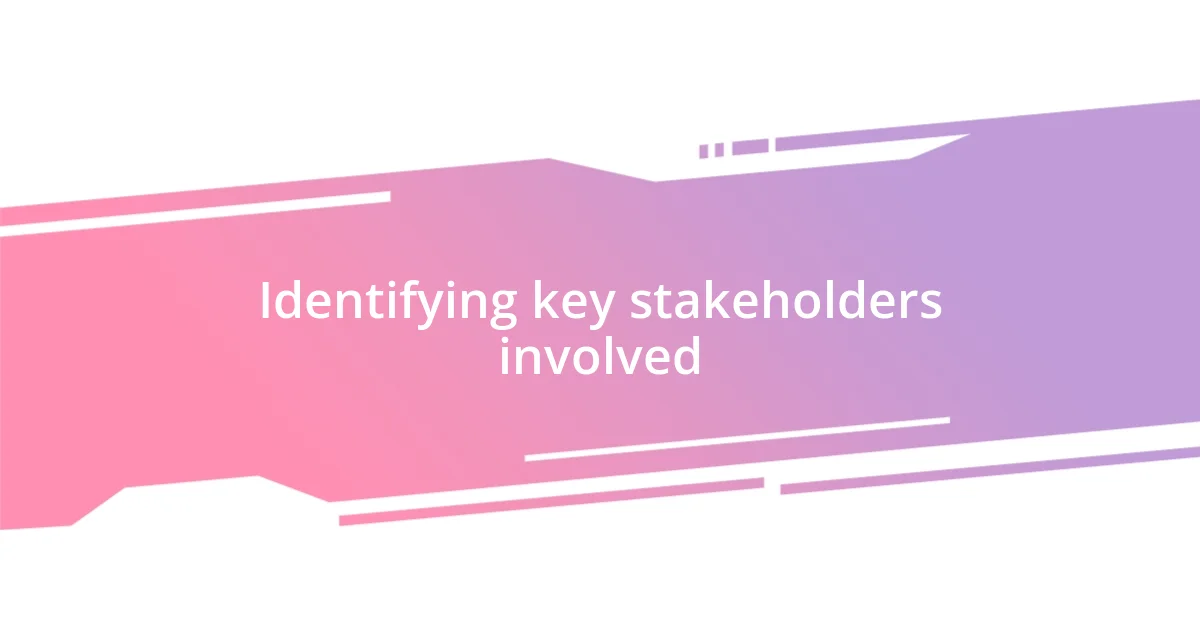
Identifying key stakeholders involved
Identifying the key stakeholders in the Salt Lake City scandal was a critical step in my analysis. Stakeholders often include individuals, organizations, or groups that have an interest or investment in the outcome of the incident. While researching, I remember uncovering hidden connections between local government officials and prominent business leaders, which added an intriguing layer of complexity to the situation.
As I combed through the details, I discovered the importance of community organizations and activists who stepped forward to voice their concerns. Their passionate involvement reminded me of my own experiences in grassroots movements. It’s incredible how a collective voice can sometimes hold more power than that of established authority. This enriches the narrative, transforming it from a simple scandal into a story of societal struggle and resilience.
The investigative process also revealed the role of the media as a key player, often acting as both watchdog and commentator. I couldn’t help but think about how important responsible journalism is in shaping public awareness. Having seen firsthand the impact of a well-researched article on public opinion, I realized that the media’s portrayal could sway the interpretation of events significantly.
| Stakeholder | Role |
|---|---|
| Government Officials | Decision-makers involved in the scandal |
| Community Organizations | Voices advocating for public interest |
| Business Leaders | Influencers with potential conflicts of interest |
| The Media | Platforms for information dissemination and public engagement |
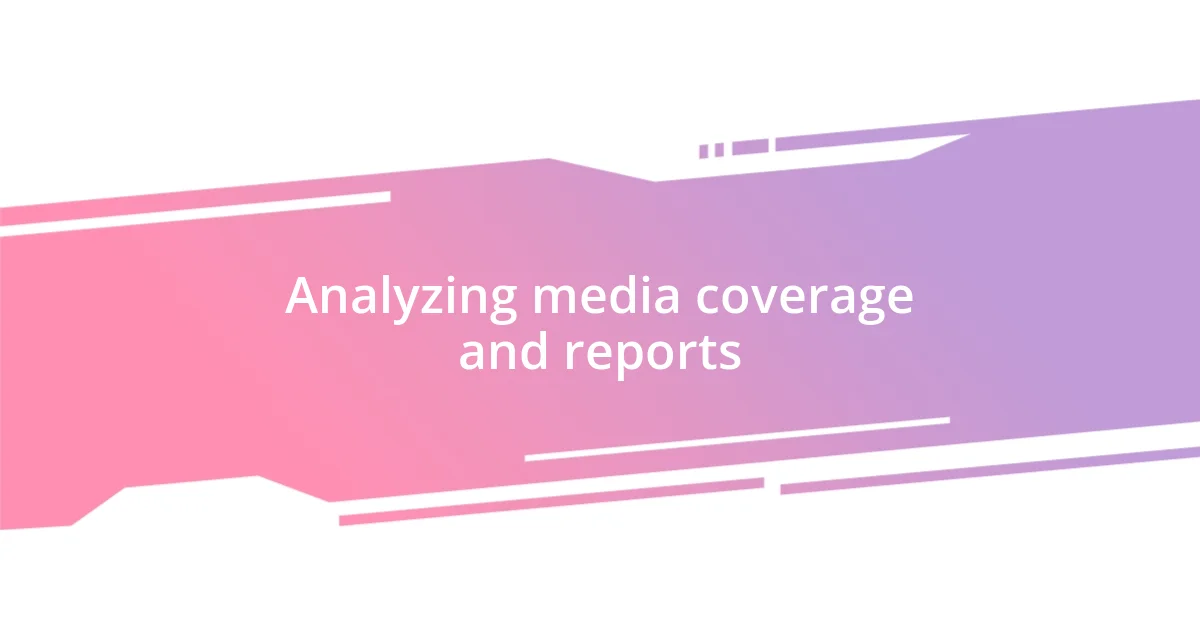
Analyzing media coverage and reports
Analyzing the media coverage surrounding the Salt Lake City scandal opened my eyes to the profound influence of reporting on public perception. I vividly recall a moment when I stumbled upon an article that painted a particularly dramatic picture of the events, completely overshadowing more factual, balanced pieces. It made me realize how easily sensationalism can twist narratives. Observing how various outlets reported differently shed light on the underlying biases and potential motives at play.
- Some reports emphasized government failures, igniting outrage among citizens.
- Others featured interviews with affected families, bringing a poignant human element to the forefront.
- A few articles even criticized the media’s role in escalating tensions, which made me ponder the responsibility that comes with storytelling.
Attuning myself to these differences not only shaped my understanding of the scandal but also highlighted how crucial it is for readers to approach media consumption with a critical eye. In analyzing social media coverage, I found firsthand accounts from residents that illustrated the real-life consequences of the scandal. Their emotions—ranging from despair to anger—made it clear that this was not just a news story, but a community grappling with betrayal. Each thread I explored felt like peeling back another layer of an onion, revealing deeper insights into the collective psyche of Salt Lake City.
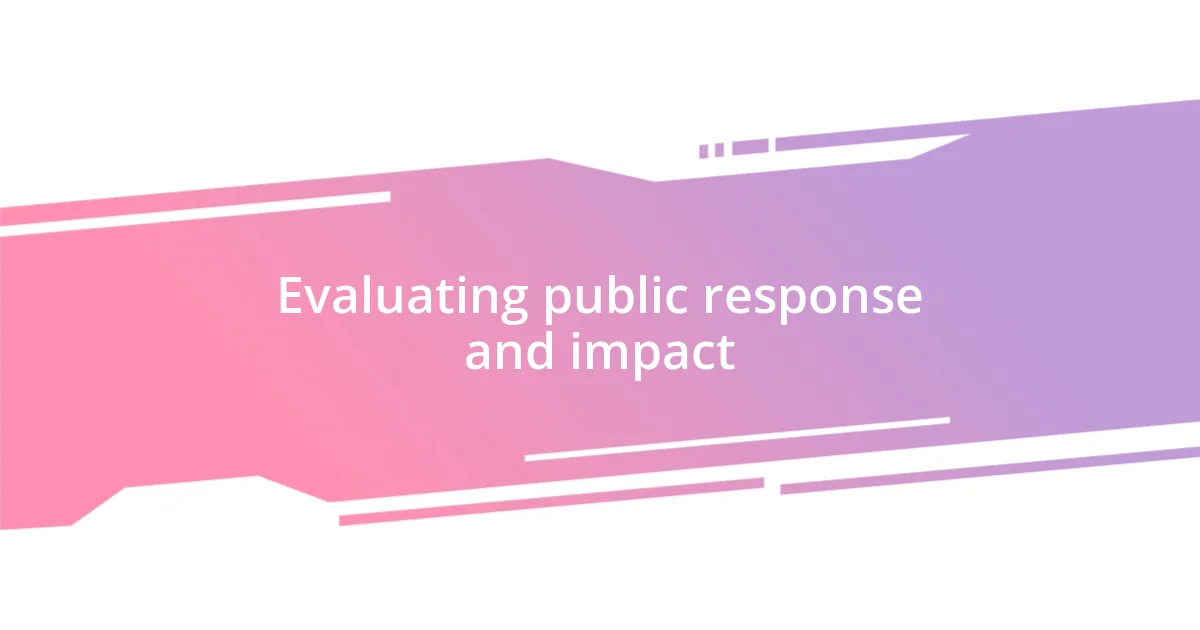
Evaluating public response and impact
Public response to the Salt Lake City scandal was nothing short of fascinating. I remember attending a local town hall meeting where residents passionately voiced their anger and frustration. It struck me how a shared sense of betrayal could galvanize a community to demand accountability. I couldn’t help but marvel at the power of collective outrage; it served as a reminder that each person’s voice contributes to the wider dialogue.
Social media also played a crucial role in shaping the public’s perception. I spent hours scrolling through tweets and posts, absorbing the wide range of emotions expressed by those directly affected. The raw anger and heartbreak just leapt off the screen, allowing me to connect with individuals’ stories in a deeper way. It left me wondering: how often do we take the time to truly listen to the voices around us when such significant events unfold?
Throughout my analysis, I realized that the impact of the scandal extended far beyond the immediate controversy. Some community leaders spoke about how this crisis sparked ongoing conversations about transparency and ethics in local governance. Reflecting on my own experiences, I saw how scandals can serve as catalysts for change, making it essential for us to not only evaluate the immediate fallout but to consider the longer-term transformations they may inspire. It’s a powerful reminder that in the midst of chaos, growth can often arise.
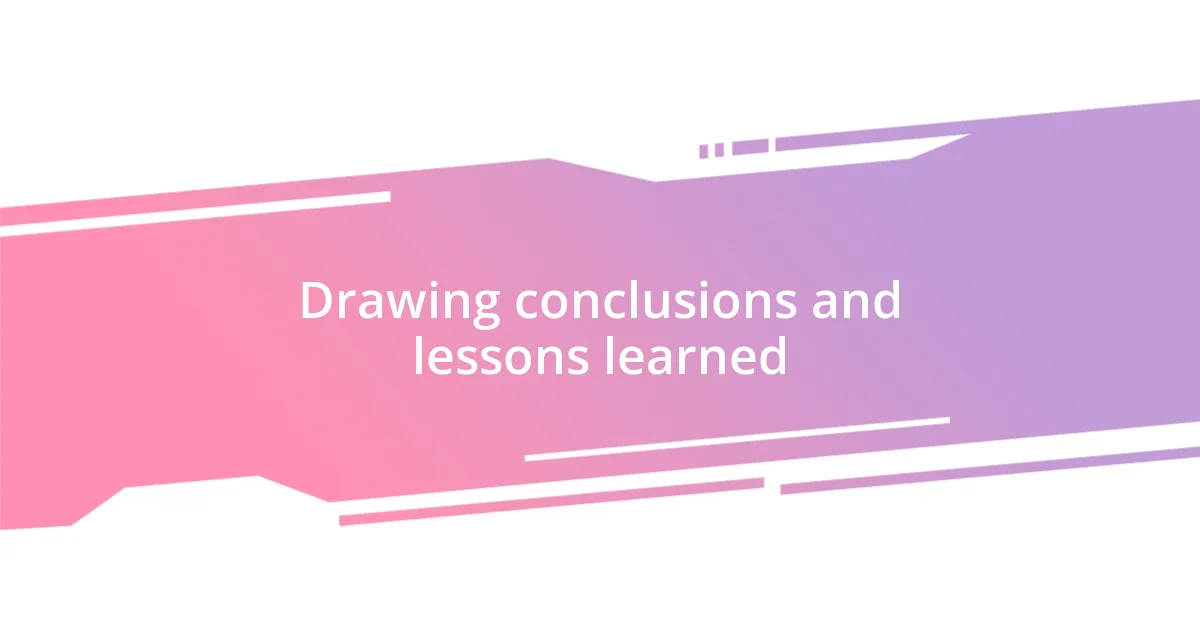
Drawing conclusions and lessons learned
The analysis of the Salt Lake City scandal led me to some eye-opening conclusions about the nature of public trust. During my research, I discovered a poignant moment where a local leader candidly shared their own experience of disillusionment, reminding me that trust isn’t just an abstract concept; it’s something deeply personal. Aren’t there times in our own lives when we’ve felt that same betrayal? These shared experiences illustrated how once trust is broken, it can take years to rebuild, and that those holding power must take responsibility for their actions.
One lesson that truly resonated with me was the importance of accountability in leadership. I recall a conversation I had with a former public official who spoke about their commitment to transparency. Their sincere admission of past mistakes reinforced the idea that admitting faults can set a precedent for honesty within the community. Why do we often overlook the power of vulnerability in our leaders? This made me reflect on how crucial it is for those in positions of authority to embrace openness; it can foster a culture of integrity that encourages others to do the same.
Finally, witnessing community resilience brought a sense of hope amid the chaos. I remember attending a grassroots initiative where residents banded together to discuss measures for preventing future incidents. The determination I saw reflected a refusal to let the scandal define them. How often do we underestimate the strength of community bonds in the face of adversity? This experience unveiled the potential for collaboration and healing, proving that from scandal can arise not only lessons learned but also the seeds for a brighter future.
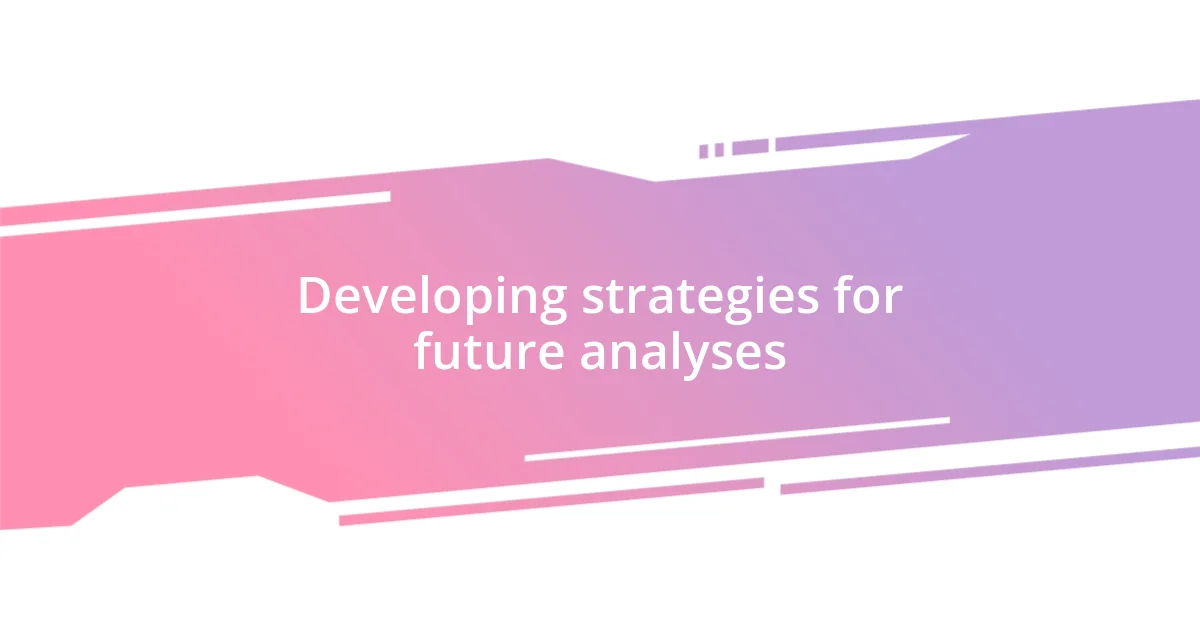
Developing strategies for future analyses
Developing strategies for future analyses requires a targeted approach, rooted in both data collection and emotional resonance. I recall a moment during my research when I stumbled upon a community forum dedicated to analyzing local governance issues. Engaging with residents there not only deepened my understanding of their concerns but also sparked ideas for how to structure future analyses around their lived experiences. Have you ever realized how people’s stories can guide our analytical efforts? It’s a powerful reminder that empathy should be at the forefront of our investigative strategies.
One key strategy I found effective is employing a mixed-methods approach. By combining qualitative data—like personal interviews—with quantitative data from public records, I was able to paint a more comprehensive picture of the scandal’s impact. Reflecting on this, I realized that numbers alone often fail to capture the true essence of a situation. Isn’t it fascinating how a single statistic can tell a story, yet without context, it may fall flat? I learned to prioritize narratives because they breathe life into the data, making the analysis not just informative but also relatable.
Finally, fostering collaborations with local stakeholders proved invaluable. I remember connecting with a coalition of activists who shared their insights and resources, which enhanced my research efforts. Their unique perspectives opened my eyes to various angles I hadn’t considered. Have you ever noticed how teamwork can illuminate aspects of an issue that solo efforts might overlook? By cultivating these partnerships, I found that our collective diverse experiences enriched the analysis and broadened its reach, ensuring that future strategies resonate deeply with the community.


